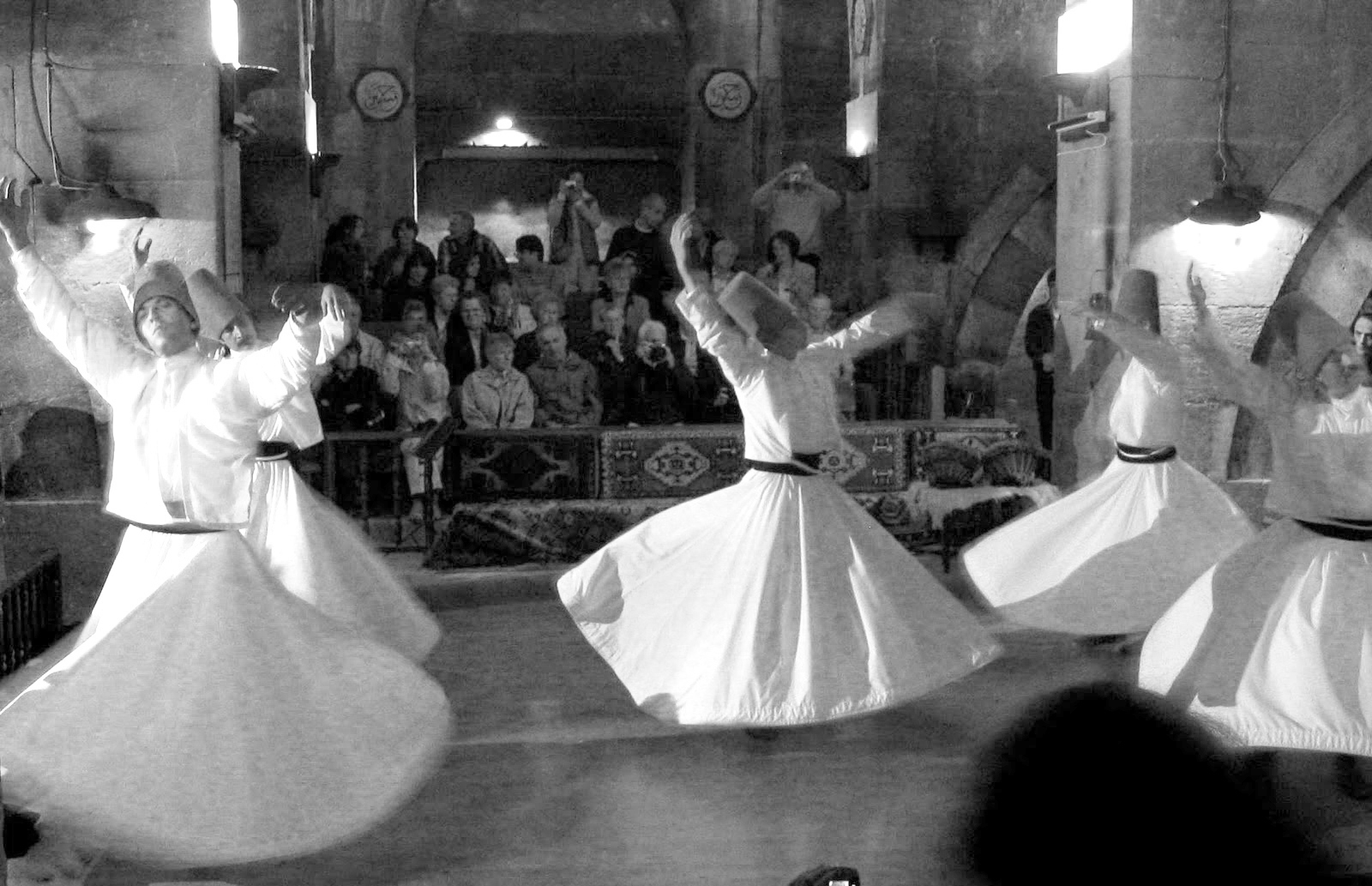This past Thursday and Friday, the symposium “Sufism as a Mediating Force in South Asia,” a conference imagined by Professor Sufia Uddin from Connecticut College and Professor Frank Korom of Boston University, took place in the Ernst Common Room in Blaustein. The event began with a catered Thai dinner for students and guest speakers, giving students the opportunity to get to know the professors and to ask them about their work.
Professors from across the U.S., from Colorado to Florida, joined Connecticut College faculty to discuss the role of Sufism, a branch of Islam often at odds with fundamentalism whose goal is to cultivate closeness to God by doing more than the requirements of the Five Pillars, in South Asia. The lecture topics ranged from the historical to the contemporary, with the aim of exploring the question of the extent to which Sufism can function as a unifying force in South Asia, or whether it engenders conflict.
This issue of Sufism’s potential for unity and divisiveness was the central question of the conference. Although the conference participants differed in background and perspective, the majority seemed to come to the conclusion that Sufism is on the whole a mediating force because it is a peaceful religion based on loving to devotion to God. However, as Professor Udin noted, divisions with fundamentalists do arise because of Sufi practices such as devotion to saints and the building of shrines, practices rejected by some fundamentalist Muslims as idol worship.
To begin the event on Thursday, Vasudha Narayanan (University of Florida, Gainesville) presented her paper titled “Love that Heals, Traditions that Cleave: Encounters of Devotion between Hindus and Muslims,” in which she examined the sometimes ambiguous relationship between Hindus and Muslims.
Narayanan explained that Sufi saints are those who have dedicated their lives to be nearer to God and are recognized by many Muslims as conduits of divine power. She noted that because the saints are understood as powerful and compassionate human beings, Muslims, Christians, Hindus and others visit the shrines of these saints in search of aid. This is considered a normal part of life in many areas of South Asia in which many non-Sufis go to the shrines in order to receive blessings. Indeed, much of the land Sufi shrines were built on was actually given by Hindu devotees, Narayanan claimed. She also argued that Sufism is only one example of a mediating force in South Asia. The people who visit a Sufi shrine one day might go to a Hindu temple the next if they do not feel they have gotten the results they wanted from the Sufi saints.
The symposium’s Friday sessions demonstrated the diversity of perspectives. The morning session included lectures about the historical background of the issue, such as Andre Wink’s (University of Wisconsin, Madison) discussion of the transcending power of Sufism as well as its paradoxical tendency to inflame extremist groups who perceive Sufi saints and shrines as a threat to their power and patronage. He gave as an example the fact that Sufi saint shrines were “viciously attacked by the Taliban and Muslim fundamentalists” in 2001, killing many Sufis. In 2009, another shrine was attacked, killing 41 people. Wink examined the motivation for this violence, explaining that disagreement with saint practices does not fully explain such drastic action. Instead, he argued, the cause is primarily political in nature and that the Taliban’s motivation is a desire for political power and land ownership. Wink noted that the reputation of Sufism for being a “benign…peaceful religion” caused the U.S. government to attempt to enlist Sufism as an antidote to the Islamic fundamentalism in the war on terror.
Other talks in this session included Connecticut College’s Lindsey Harlan’s “Hindu Heroes with Muslim Fast Friends: Tri Mukhi Pir Baba, Kapur Shah Baba, and Other Honored Guests at Udaipur’s Rajput Hero Celebrations” and Thibaud d’Hubert’s paper on “Bengali Sufi Literature 16th-19th Century A.D.: Doctrinal Contents and Tariqa Affiliations.”
The later panel consisted of papers about contemporary Sufism, with Dennis McGilvray’s “Popular Sufism in Sri Lanka: Connections and Conflicts,” Susan Schomburg’s “Diverse Models of Religious Mediations at Seven Tamil Sufi Shrine Sites” and Carla Bellamy “An Other’s World: Hindus and Healing at an Indian Muslim Saint Shrine.”
Bellamy’s presentation discussed the importance of healing practices at shrines, and raised the question of why more Hindus go to Sufi shrines than Muslims do. She also examined a changing dargah culture that could account for this and other such trends.
Capturing the need of symposiums such as this one, Bellamy argued that “contrary to what one would expect…the explicit, exclusive and sometimes even communal identity of dargahs as Islamic has become a significant but often overlooked appeal to non-Muslims,” because rituals of the culture have taken on new and perhaps as yet not fully understood meanings that demand attention. •

Traditional Sufi whirling.








